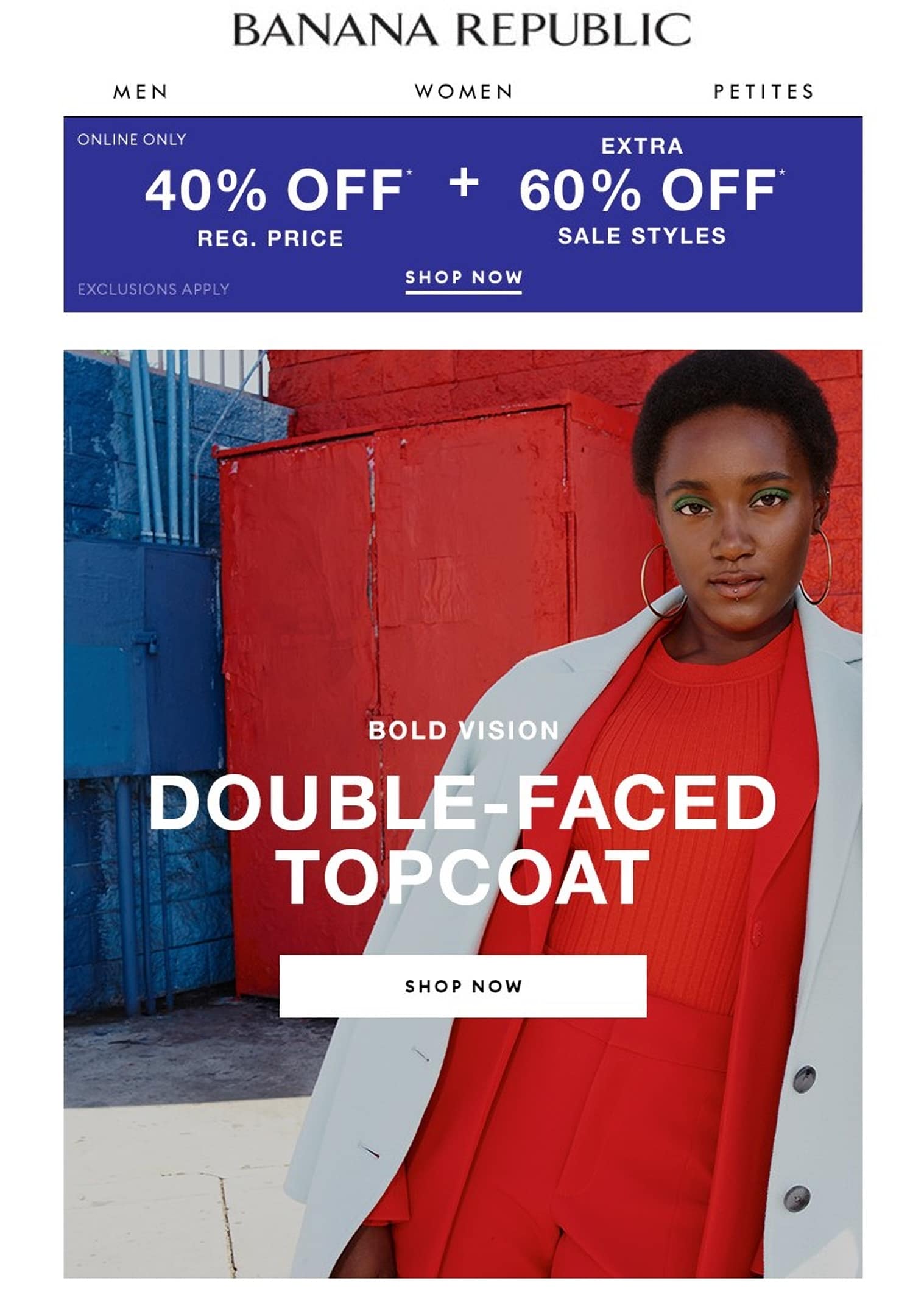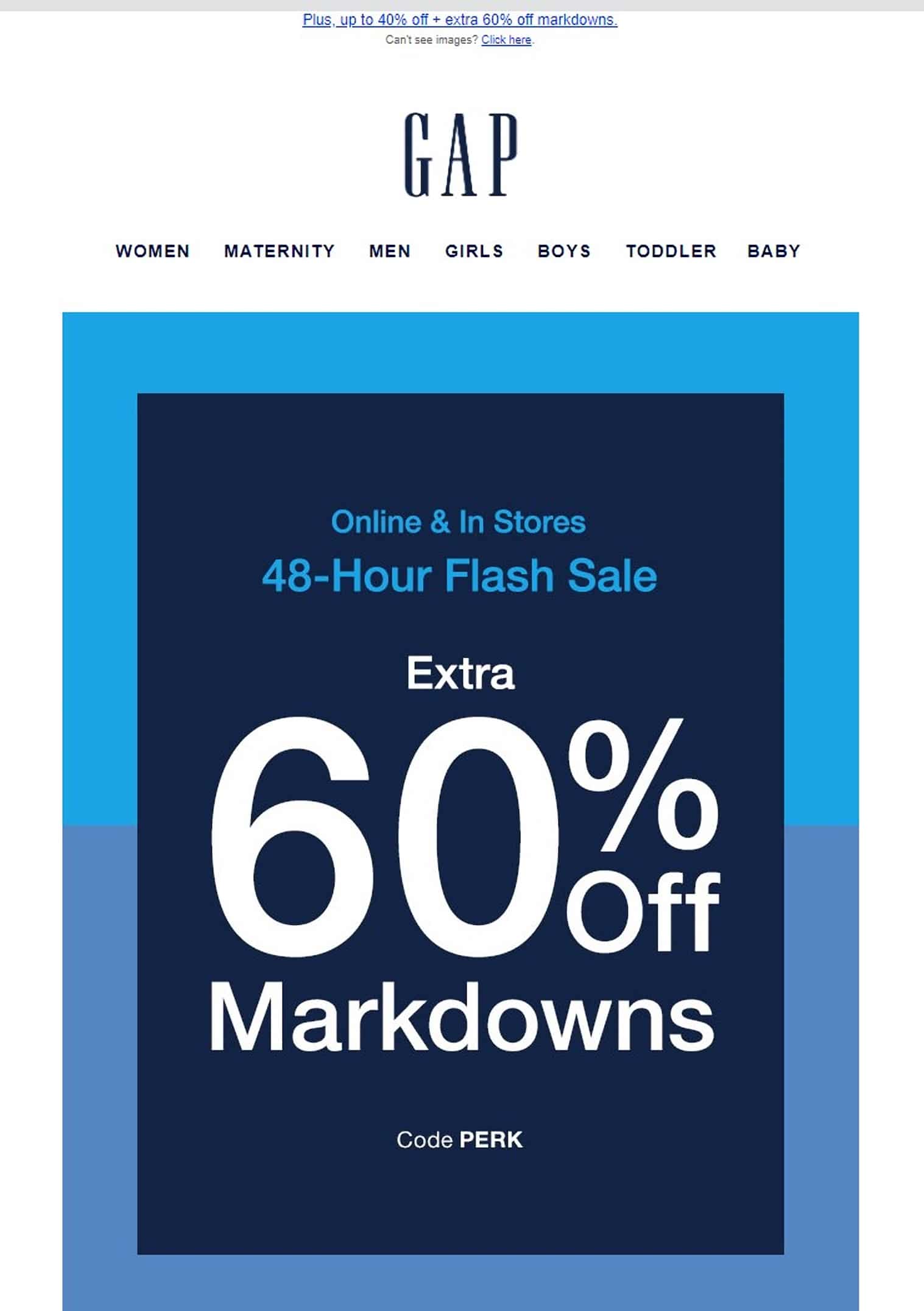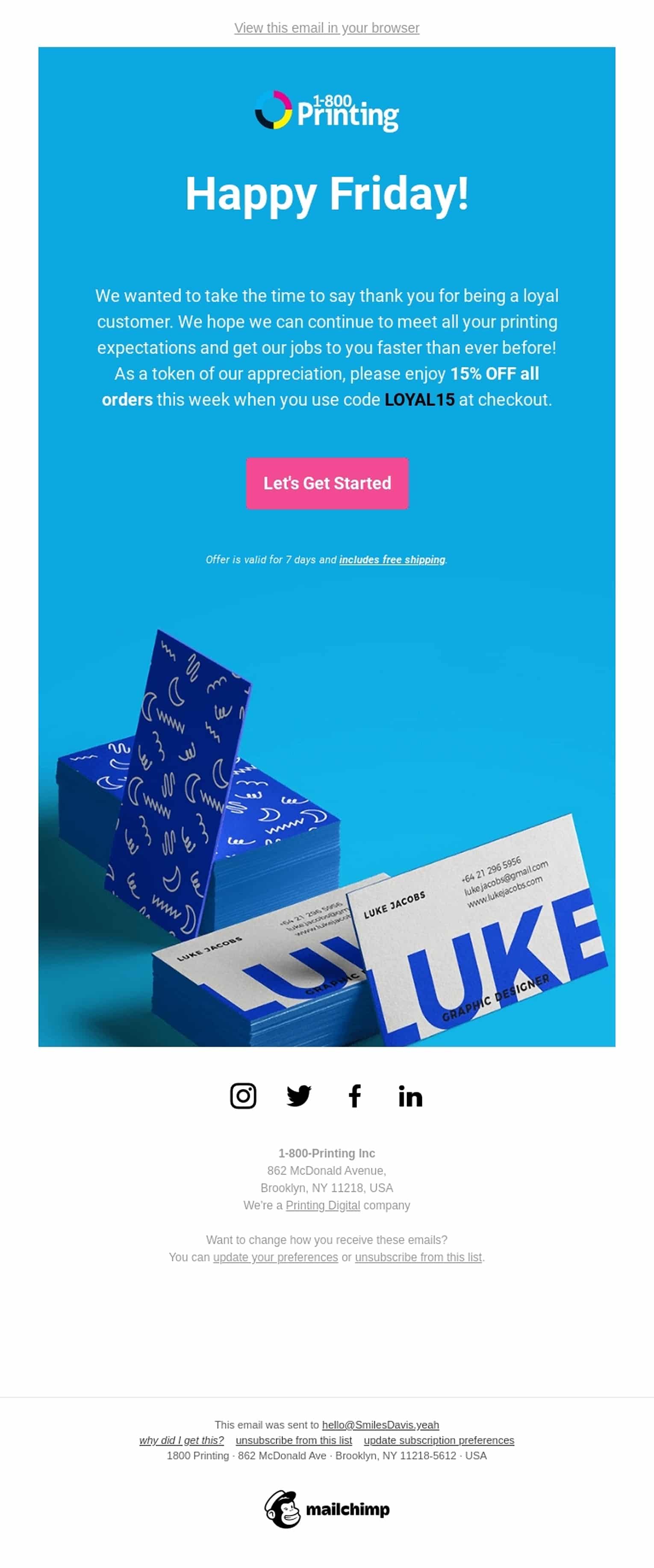Why’s it important to follow email length best practices?
The most compelling reason for email marketers is staying competitive. Did you know that there were around 290 billion emails sent daily in 2019? You want your messages to reach your target audience, and that’s not easy with a crowded inbox.
As the email marketing industry grows, it becomes increasingly essential to craft elegant messages that engage and convert. It’s not enough to make sure that your copy contains all the information you want to share. The way you present the details also matters.
One of the easiest ways to improve a marketing email is to trim the length. Subscribers are more likely to finish reading a message and respond favorably if they’re not bombarded with multiple text-heavy paragraphs.
Read on to find out why ideal email length is a critical component of great marketing campaigns. We’ll also discuss the ideal lengths of separate email elements: subject lines, preheaders, copy, and CTA.
What’s the ideal email length for digital marketing?
Most people don’t read emails the way they do books or other print media.
Instead of reading every word—from left to right—most email recipients are text scanners. Their eyes go over the copy and images, typically following an “F” pattern. The majority of your subscribers may go straight to brightly colored CTAs or parts of emails they find interesting. Many will skip over introductory sentences.
That’s not all email marketers need to take into consideration when crafting emails. After opening an email, most people will allot less than a minute to look at its contents. You only get those precious seconds to catch a subscriber’s attention enough to get a click-through.
What do these facts tell us? Sticking to an ideal email length is less important than making an email scannable. However, a combination of the two strategies may yield the best results.
What are the email length best practices to keep in mind?
Below, you’ll find the ideal lengths of four basic email elements. Also included are brief explanations supporting these email length best practices.
Remember these ideal lengths aren’t unbreakable rules. However, best practices exist for a reason.
You’ll rarely come across instances where you’ll find it more beneficial to go with an unusual length for an email element. The only exception might be email copy, as some marketing emails should be length by design—such as story-based donation requests or seasonal newsletters.
1. The ideal subject line length is between 28 to 50 characters.
Before you start writing your subject lines, examine your email list. Are most of your subscribers using smartphones? If so, which devices are the most popular? How many of your subscribers use their desktop to open your marketing emails? Campaign Monitor offers email client usage reports that show our customers this exact information.
If you don’t have access to similar reports, you may want to default to writing for mobile screens. After all, email opens via smartphone increased by almost 35% from 2011 to 2018. Mobile devices opened a whopping 61% of all emails in 2018.
A shorter subject line is a safer bet if you’re catering to a mostly mobile audience. Start crafting email titles with a length of 28 to 39 characters. The narrower ranger may result in improved open rates.
Source: Milled
The subject line of the above email: “Add this bold coat to every look.” With 32 characters in seven words, this Banana Republic email’s title is a keeper. This length is also ideal for emails read using portrait view on iPhones.
Another study by Backlinko asserts that slightly longer email titles may improve response rates. Their recommended subject line length is from 36 to 50 characters. Email titles falling in this range outperformed shorter ones—15 characters maximum—by more than 30%.
Other than response rates, another concern when it comes to subject lines is how it appears on a screen. Will your email title show completely or will it be too long to display unbroken? Not to worry. Campaign Monitor has an Inbox Preview feature that allows you to see how your subject lines will appear on all devices and email clients.
2. The ideal preheader text length is between 40 to 100 characters.
If you’re still not using preheaders, it’s time to get on the bandwagon. There’s no reason to pass on a feature that allows you to pack more details into your emails. Most email clients support preheader text, the only exceptions being Lotus Notes 8.5 and Outlook iterations before 2013.
Some email marketers make it a habit to keep preheaders short—about 40 to 50 characters—to make sure they’re unobtrusive and don’t conflict with the main email layouts. However, you can craft preheaders between 85 and 100 characters if you have more to say.
Campaign Monitor allows you to create flexible preheaders. You can set preheaders to display only as follow-up text to support your subject line. You can also add it to your main email body.
Source: Milled
The Gap email above has the following preheader: “Plus, up to 40% off + extra 60% off markdowns.”
The text contains 46 characters. With the coded preview text (“Can’t see images? Click here.”) the number of characters gets bumped up to 76. Either way, the email displays an excellent example of an ideal preheader text length.
3. The ideal email copy length is between 50 to 125 words.
You might think 125 words isn’t enough to fully convey a marketing message. That could be the case sometimes, but the fact remains: brief copy performs better.
Email copy between 50 to 25 words typically results in response rates over 50%. Don’t make it too short, though. An email with 25 words may perform the same as messages with 500 to 2000 words, averaging a response rate of less than 45%.
If your email includes a list, you can use bullet points. This keeps the separate thoughts organized and prevents you from getting lost in attempting to go into too much detail.
Sending a newsletter? Of all email types, this one’s most likely to contain walls of text. If you believe your marketing email may require a longer copy, you can always use A/B testing to experiment with different email copy lengths.
Source: Really Good Emails
Consider the 1-800-printing email above, with its 60-word copy.
The single-paragraph affair is effective and straight to the point. This example perfectly illustrates why conciseness is key. Don’t over-explain, don’t add fluff, and don’t include more than what’s needed to effectively get your point across.
4. The ideal CTA length is between two to five words.
The CTA should be the easiest to digest out of all your email’s elements. Make it short and sweet.
As email length best practices go, this is a no-brainer. CTAs should be action oriented. They’re usually presented in larger, brighter and eye-catching fonts. It makes sense to let design speak more than the actual words.
Two to five words are enough to drive your point home while keeping your subscribers focused. Anything more than this range can look messy and confusing.
What about one-word CTAs? Examples like “submit” or “download” are common. While they’re actionable, these two are also examples of friction words.
At best, one-word variants may read as vague or emotionless to some. More often, though, they may convey the idea that your subscriber must agree to something they might not want to do.
If brevity is your goal, aim for at least two words. The Made In email below contains two great examples: “Let’s Cook!” and “Shop Now.”
Source: Really Good Emails
No talk of CTAs is complete without mentioning the use of buttons. This design choice is the top click-through driver when it comes to marketing materials—emails included. CTA buttons can raise click-through rates of your emails by more than 25%.
Campaign Monitor gives you the tools to create CTA buttons easily. You may customize the placement, design, and copy of each CTA and even add more than one per email.
Wrap up
Email readers are mostly scanners. Some of your subscribers won’t read every single word in your marketing emails. Instead, they’ll skip to parts they’re interested in or disregard the message completely if nothing catches their attention.
You can adapt your digital marketing strategy to work with low attention spans. Apart from employing design and layout techniques to make your marketing emails more scannable, you can write shorter but more impactful messages.
Here are the four basic email length best practices you should follow:
- The ideal subject line length is between 28 to 50 characters.
- The ideal preheader text length is between 40 to 100 characters.
- The ideal email copy length is between 50 to 125 words.
- The ideal CTA length is between two to five words.
Ready to execute your next marketing campaign? Before you do, run your emails through Campaign Monitor’s preflight checklist.









